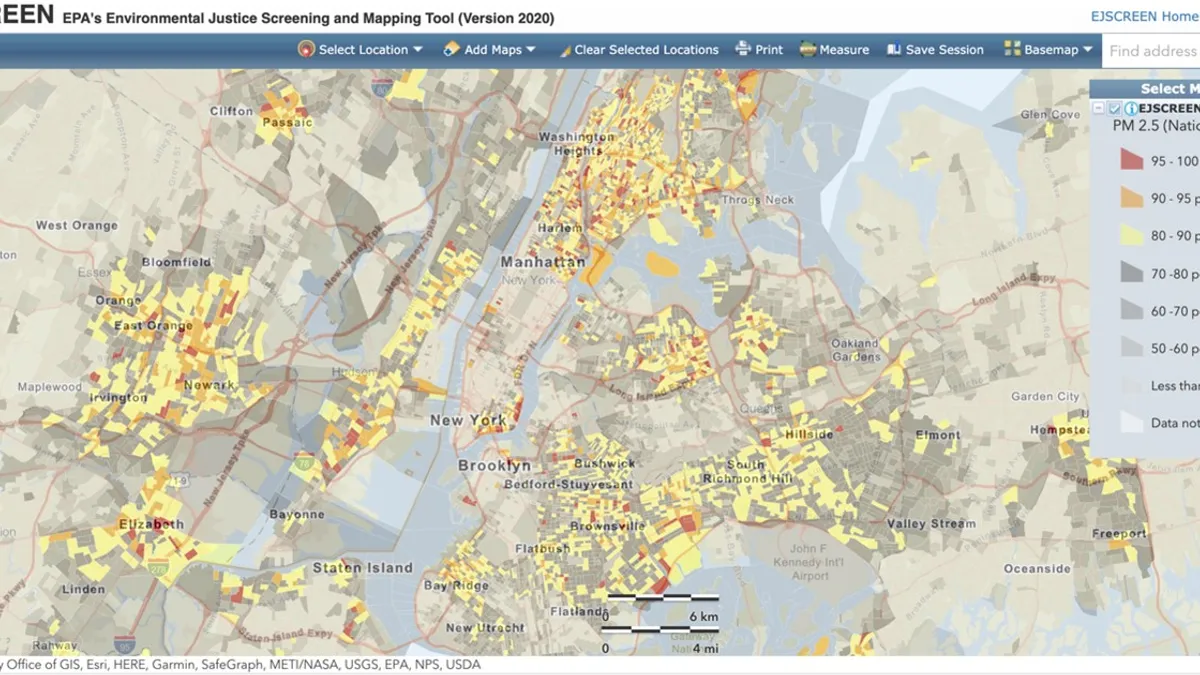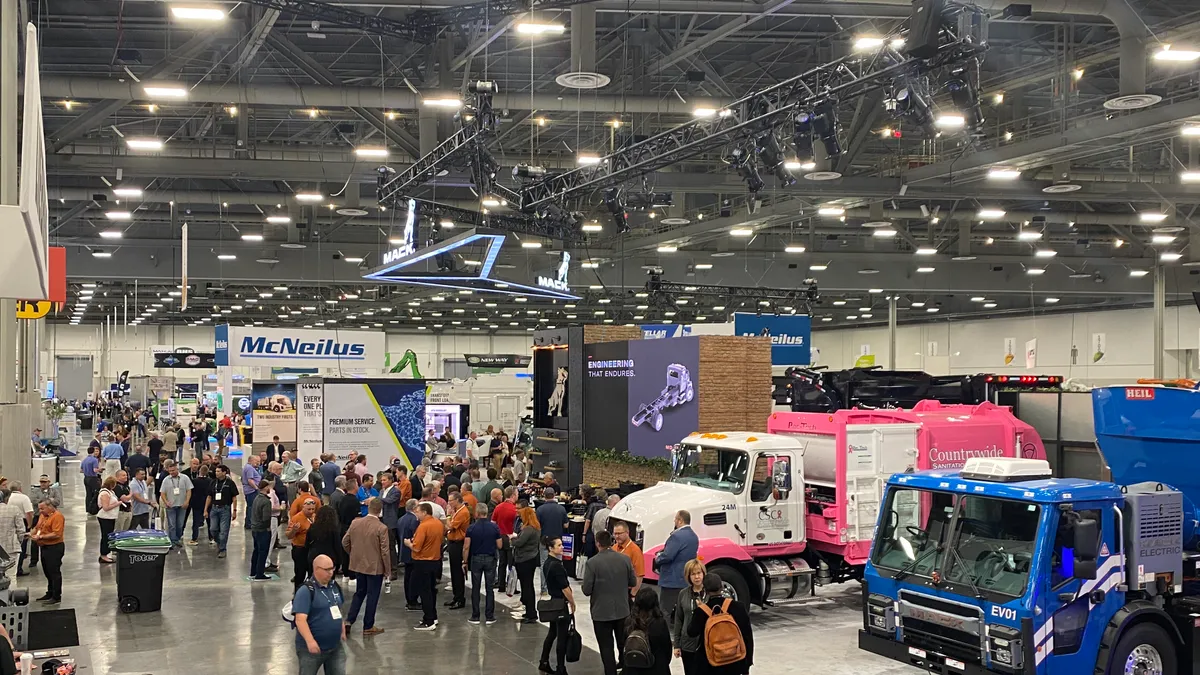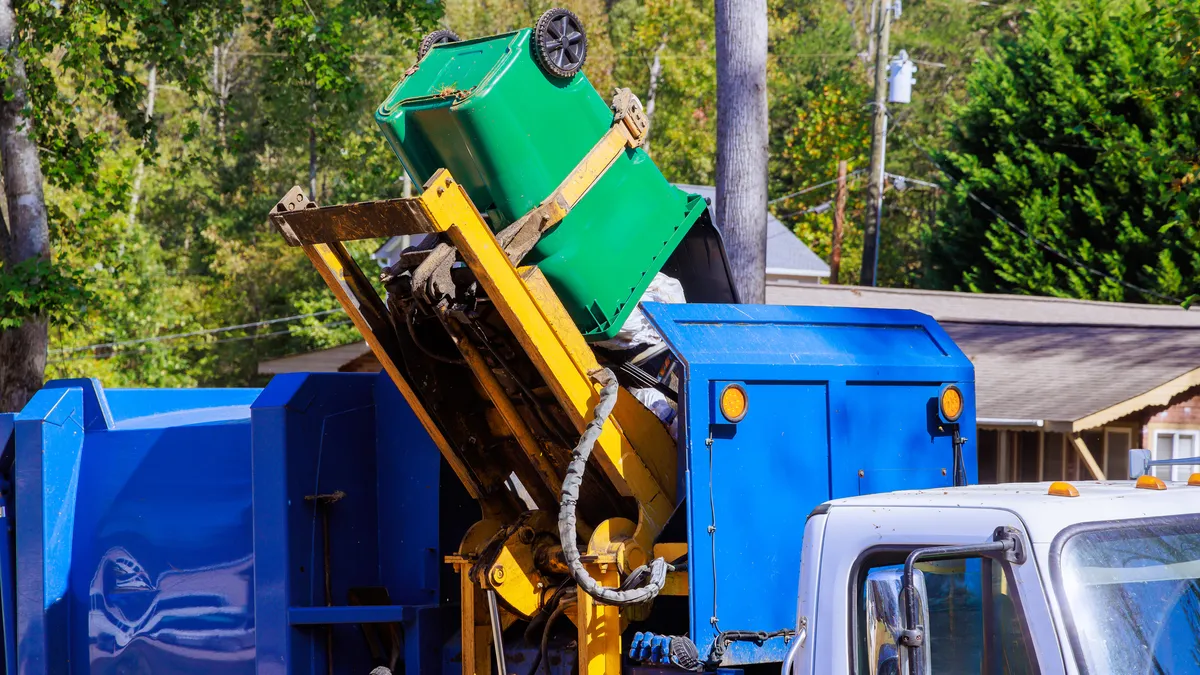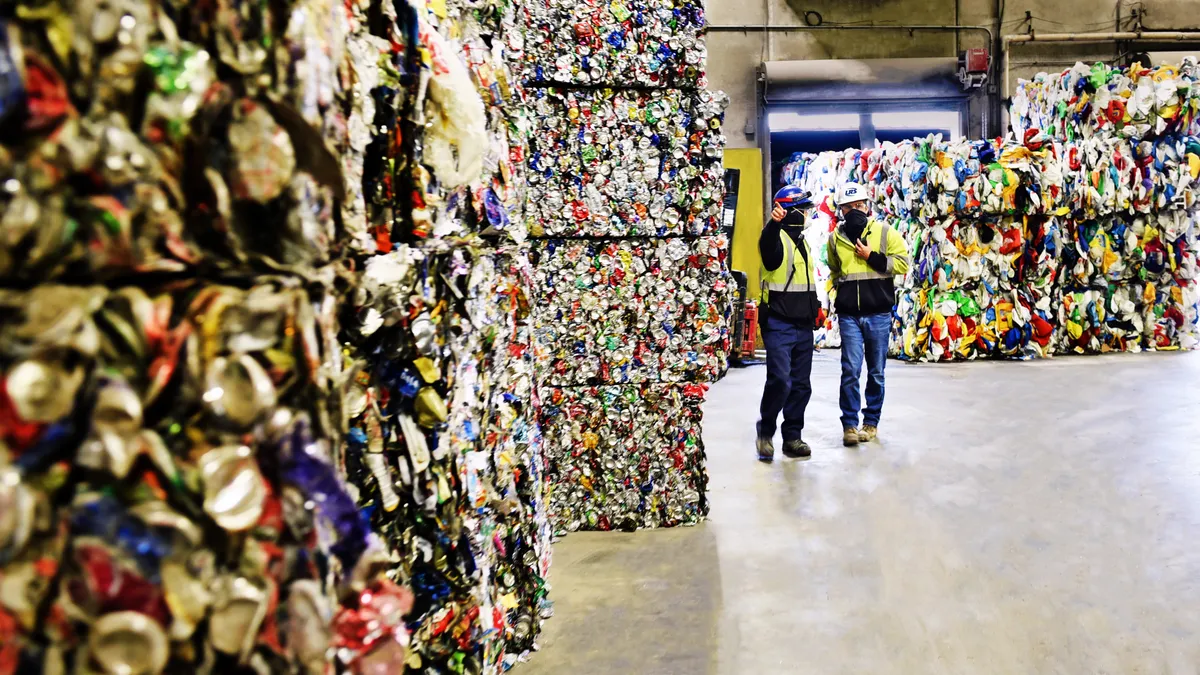Incentives for fleet electrification, including those in 2022’s Inflation Reduction Act, could meaningfully encourage the adoption of heavy-duty electric vehicles — to the degree that battery electric vehicles could be 63% of refuse truck sales come 2030. That’s according to a white paper out Tuesday from the International Council on Clean Transportation and Energy Innovation that analyzes the impact of the Inflation Reduction Act on EV uptake in the U.S.
That potential market share is among the largest for segments ICCT looked at, which included transit buses, school buses, delivery trucks and long-haul tractor trailers, said Ray Minjares, heavy-duty vehicles program director at ICCT.
It would follow battery electric refuse trucks reaching cost parity with diesel refuse trucks as soon as 2026 and fuel-cell electric refuse trucks achieving diesel parity in 2033.
“Even accounting for the incentives that the IRA gives towards hydrogen, we don't expect it to have any more than 1% share of the [zero-emission vehicle] sales of the refuse truck market,” Minjares said. ”We expect that battery electric trucks will dominate significantly, if not outright, zero-emission sales in the future in this market.”
To reach those estimates, the report authors looked at factors such as the changing costs to manufacturers producing vehicle components as well as consumer sentiment.
Another influence will be the growing number of states (including Oregon, Washington, New York, New Jersey and Massachusetts) enacting California’s Advanced Clean Trucks rule in the coming years, which in part requires heavy-duty vehicle manufacturers to sell a certain percentage of zero-emission vehicles.
Going forward, ICCT and its partners will monitor the price and sales of electric trucks as they enter the market, how the Inflation Reduction Act helps fleets with the deployment of charging infrastructure, and how utilities and the U.S. EPA play a role in advancing infrastructure and greenhouse gas standards. Ultimately, lowering emissions from heavy-duty vehicles will be critical to meeting goals laid out in the Paris climate agreement, Minjares said.
Minjares acknowledged that fleet operators have to make the purchasing decision for themselves, factoring in charging infrastructure timelines and total cost of ownership. But overall, “I think this study shows clearly that the economic case for refuse truck electrification is very strong.”
Compared with other heavy-duty vehicle applications, like long-haul tractor trailers, refuse fleets already have the advantage of being housed overnight at dedicated depots, which makes for easier decisions when setting up charging infrastructure. Overnight charging also provides the most affordable electricity, Minjares said.
Still, much of the refuse industry is taking a “watch and wait” approach to battery electric trucks as early adopters test how well they work for daily waste and recycling collection. As the industry has considered alternative fuels broadly, nearly 270 zero-emission refuse trucks have been deployed in the U.S. to date, according to information shared by clean transportation group CALStart. This sector has seen an annual growth rate of 153% from 2017 through 2021.
Mack Trucks, one of the waste and recycling industry’s leading manufacturers of trucks, continues to roll out electric versions, having worked to date with Republic Services, the New York City Department of Sanitation, and the cities of Santa Cruz, California, and Ocala, Florida, among others.
Haulers and municipalities are pursuing EVs from other manufacturers, too. Incentives are “essential at this point” to the adoption of electric, said Scott Barraclough, senior product manager of e-mobility at Mack Trucks.
“The electric vehicle market in general, I would say, is still in its infancy, especially on the heavy-duty side,” Barraclough said. “I think customers are starting to see that this is now a real product. It's not just a one-off or a science project. These are production trucks going to customers, running with the regular trucks.”
Casella Waste Systems is preparing to pilot two electric Mack trucks in Vermont. Casella received the first truck in December, but it’s not yet in operation, according to Director of Communications Jeff Weld. Switching one truck from diesel to electric could each year conserve 7,500 gallons of diesel fuel and eliminate over 78 metric tons of greenhouse gas emissions, Casella estimates.
Casella’s 2022 sustainability report said alternative fuel vehicles “comprise a small portion of our routed vehicle fleet, with further expansion limited largely by infrastructure gaps, steep terrain, and winter weather conditions in our operating region,” but it noted a “strong” interest in alternative fuels.
Casella went with Mack given their longstanding relationship and drivers’ familiarity with the brand, Weld said, as well as the convenience of Mack’s service agreements. Casella and Mack both are interested in assessing the trucks’ performance in cold and mountainous environments.
”You don't want to be too far ahead” of the technology, Weld said, but it has evolved quickly. Being able to lean into an existing vendor relationship helped Casella move forward in line with its sustainability priorities, he said. It’s unknown at this point how, exactly, Casella will consider findings from this pilot in its broader fleet planning, Weld said, but it will be looking closely at whether these trucks can be a viable solution in residential areas and how it could scale them efficiently.























